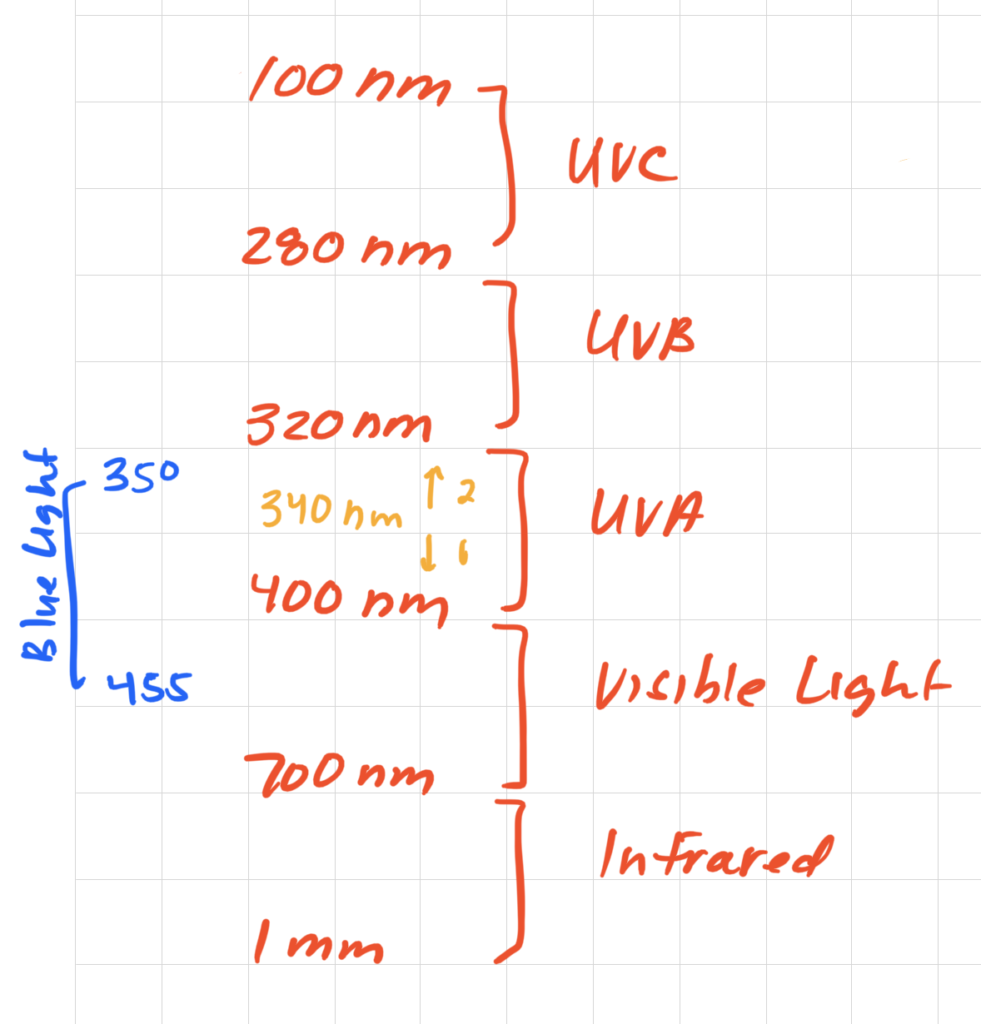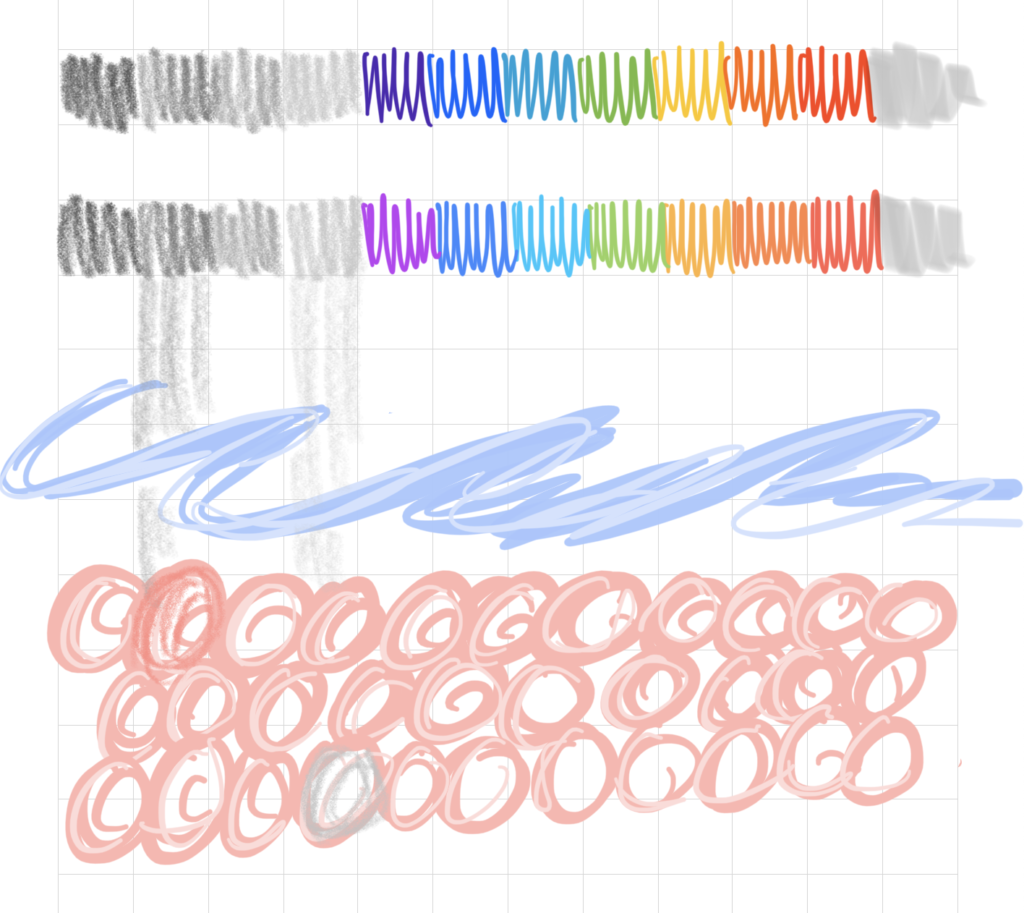What did you learn? What was inspiring?
I haven’t studied biology in a long time, and I think I had forgotten how broad and complex a topic it is. One biological subtopic that I am now realizing I spent a lot of time thinking about during this project, without realizing I was doing it, was Taxonomy. My understanding of taxonomy is the idea of categorizing livings into species, genes, family, etc. And Wikipedia defines Taxonomy as “the scientific study of naming, defining (circumscribing) and classifying groups of biological organisms based on shared characteristics.”
With colonial organisms, for me this meant trying to determine what is a colonial organism and what is not a colonial organism. I found it quite difficult to answer this question definitively, which was frustrating and really confusing. I’m realizing now that I think I was taking taxonomy for granted, and just accepting it as an inherit truth. This is just how things are – animals are either colonial organisms or not. But through this research, and specifically in talking to Margaret Smith, I’m understanding a bit more deeply that biology, including taxonomy is a human construct. It is an area of study, and a framework that humans have put on natural phenomenon in order to understand it better. And as such, there’s a lot we don’t know and what we do know is changing either because we’re learning more, or because things are actually change through processes like evolution!
I feel like there is a very deep, existential idea in all of this that would be interesting to investigate further, but am struggling to put into words what it is.
What feedback did you receive? Any reflections on critique itself? What might you do differently in terms of process or content?
A lot of the feedback that I received was focused on the user experience, and the ability for my audience to clearly understand the ideas I was trying to present. Once I had a general idea of what I wanted the visuals to look like, I ended up becoming absorbed in making it look how I wanted, and lost sight of foregrounding my message to some extent.
I think part of my getting so absorbed in the aesthetics stems from my own insecurities in my drawing abilities, in addition to originally choosing a form that was brand new (a popup book). I ran into a tension where I had an image in a my head that I wanted to create, and iterate on, but didn’t feel like I had the skills to implement that image. And so once I found a way to implement something that was close to what was in my head, it was exciting, and a bit difficult to pull myself away from. I wonder if the project would have been stronger overall, if I had spent less time on the visuals, and more time telling the story. One specific piece of feedback I got was to add some simple narration or text to the images to help explain what is going on. This is really helpful to reflect on, and to realize that though the visual representation is pretty close to what I was envisioning, this may not be how others interpret the work. Perhaps having a rough sketch with some well thought out text would have been a better representation of the ideas.
Another piece of feedback I received was to include a call to action. From a high level, if I’m saying that the diversity in individal functions in a colonial organism is good, what is the audience supposed to gain from this? From a process perspective, I wonder if it would have been helpful for me to have answered this question before I even started creating the visual images. As I went through the process, I am wondering if I was focused on what I was able to accomplish visually, and tailoring my message to something feasible. It would be interesting to instead try to focus on the message, audience, critical lens a bit more, even if the end result is visually not as polished.
How did you balance research and experimentation? Which is easier for you? How can you focus more on the areas that you shy away from?
Since the topic was pretty unknown to me at first, I think that I spent a lot of my research time trying to understand what it was. I think I felt pressure to portray something with scientific accuracy, and felt overwhelmed about not being able to know everything about it. I think this is why I originally focused so much on trying to put “colonial organisms” in a box, and did find myself in a rabbit hole of taxonomy. At some point, I think I made the decision to focus on polymorphism because it felt understandable and I could kind of envision a way to explain that idea in metaphor. However, by making that decision I think I almost stopped exploring new things because I already decided that polymorphism was going to be the main focus. One one hand, with the time restrictions, that seems to make sense. But on the other hand, I feel like I may have almost skewed my research habits in order to find more evidence for my initial point of view. It would be cool with my next topic to allow for a bit more mental freedom in the beginning, and not form an opinion or focus quite so quickly. Maybe something more fleshed out and interesting could come from that approach.
I would also have loved to do some more exploration with physically making and my form. Like I mentioned above, I think that I was worried about my ability to create a popup book like I had envisioned. I again think that I experienced a bit of overwhelm about taking on another new, and complex thing, and didn’t spend as much time exploring and playing with the form, or the narrative style as I would have liked. I like how my project turned out, and I think that working in Figma was a great was to get my ideas out into the world, but, I wonder if in the future it would be helpful create a prototype in Figma, or on paper, earlier in the process.
I also realized later in the process that using a Figjam to gather ideas, research, resources, etc was a really good tool for brainstorming for me. I enjoyed being able to use a flexible, non-linear way to document my findings in a document where I could also create a diagram, or put a random picture or sticky note was really helpful. It feels like a way to capture organized chaos, which I very much identify with and am eager to try to use this technique for the next project.















